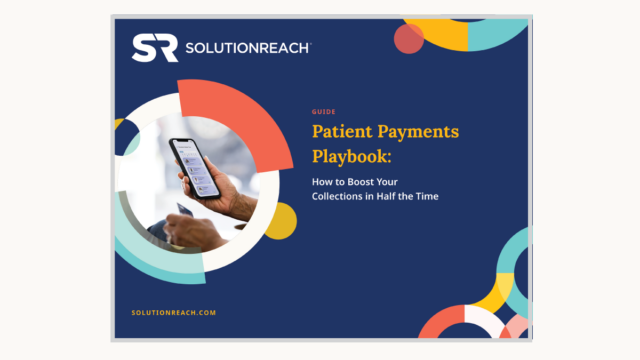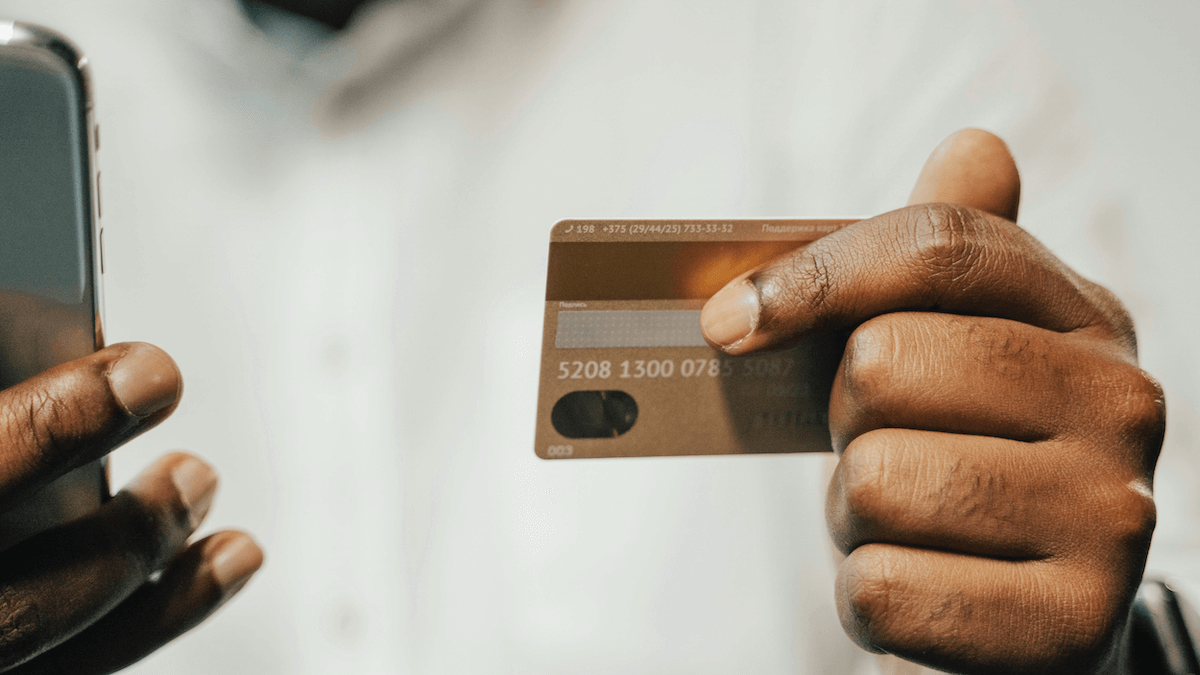A persistent headache for most healthcare practices, the patient payment workflow is fraught with bottlenecks and inefficiencies that prevent offices from maximizing revenue. It’s not just the providers who are dissatisfied with current payment methods—one in two patients are annoyed with their doctor’s billing process, particularly the lack of electronic payment options.
Most practices still rely on printing and mailing paper billing statements. These paper statements aren’t just confusing for patients—they’re inefficient, time-consuming, and costly. Sending physical statements uses more resources and delays payment collection.
In this article, we’ll explore what payment reminders are, why they’re essential for revenue management, and how adopting innovative technology can save staff time, cut costs, boost collections, and enhance the patient payment experience.
What are patient payment reminders?
Healthcare patient payment reminders are communications sent to patients about their financial obligations after their insurance has been processed. Traditionally, these balances are communicated through paper billing statements, often sent weeks or months after the care was provided.
However, healthcare consumer behavior has significantly changed in the last decade. Many patients either don’t check their mail or ignore postal bills not tied to routine monthly payments. This can lead to delayed payments to providers.
Additionally, the complexity and amount of information in paper statements often confuse patients, creating more questions than answers, complicating the payment process, and resulting in a poor payment experience.
Why are medical patient payment reminders vital to your practice?
Payment reminders are crucial for your payment process and overall revenue management. They help you collect payments from patients, maintain your cash flow, pay your bills, and grow your revenue.
Without an efficient payment workflow that’s easy for patients to follow, payments may be delayed or missed. Inefficient collections extend your accounts receivable (A/R) days, increasing costs, lowering revenue, and reducing profit margins. Worse, you risk losing patients to competitors—nearly 70% of patients would consider switching practices for a better payment experience.
Paper billing statements also increase costs due to paper and postage and extend the payment timeframe. Seventy-three percent of practices report it takes a month or longer to collect from patients, prolonging your A/R cycle and taking longer for you to get paid.
What are current best practices for payment reminders?
The most effective way to send payment reminders is via text and email. Text messaging is the most popular communication method for many people, including interactions with healthcare providers. It’s fast, easy, and convenient. Where text isn’t preferred, email reminders are a good second option. Both methods are fast, reliable, and low-cost.
6 Reasons to Adopt Digital Payment Reminders
1. Get Paid Faster
Text and email payment reminders speed up the payment lifecycle, allowing you to notify patients about balances more quickly and efficiently. They also provide a simple, convenient online option for patients to make secure payments via smartphone or other devices. Digital reminders can reduce the collection cycle from weeks or months to days, boosting your cash flow. A poll found that 44% of patients pay faster when they receive digital notifications.
2. Save Staff Time
Admin staff are often overloaded with various tasks. Automating your payment reminders reduces their workload, cutting billing hours and allowing staff to focus on patients. Practices using automated reminders see a 40% reduction in billing statements, lowering labor expenses and optimizing staff time.
3. Minimize Costs
Paper billing statements are not only confusing but also increase collection and reconciliation times. Rising paper and postage costs mean higher expenses. Going paperless with digital reminders reduces costs and provides a more economical way to engage with patients.
4. Accelerate Collections
Digital reminders shorten your A/R cycle by eliminating delays caused by manual processes. They enable faster communication of balances and provide instant payment options, optimizing your revenue cycle. Automated payment reminders are also a key function of Revenue Cycle Messaging™, a solution that accelerates your revenue by streamlining payment and collections workflows to help you get paid faster. Practices adopting digital payment technology typically see a 5% increase in collection rates.
5. Improve Payment Communication
An automated patient payment solution allows you to send text or email payment reminders automatically. With features like two-way text and batch messaging, you can notify specific patients or groups about balances in real-time. This flexibility helps increase collection rates and reduces the number of days it takes to get paid.
6. Elevate the Patient Payment Experience
Eighty-five percent of patients prefer electronic payment methods. It’s quick, easy, and standard practice today. Patients expect a seamless online payment experience similar to other consumer transactions, such as ordering a meal, buying airline tickets, or booking a hotel room. Automated text payment reminders offer a smooth payment experience, encouraging patients to keep coming back to your practice.
Key Takeaways
Paper billing statements are outdated and hinder your practice from optimizing revenue and achieving financial goals. Automated payment reminders free up staff, reduce costs, boost collections, and expedite payments. As a key part of Revenue Cycle Messaging™, digital payment reminders minimize billing bottlenecks and accelerate your revenue growth.

To learn more about how patient payment automation and technology can help you optimize your payment and collections lifecycle, download the guide, “Patient Payment Playbook: How to Boost Your Collections in Half the Time.”
Download Guide


